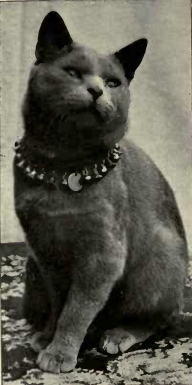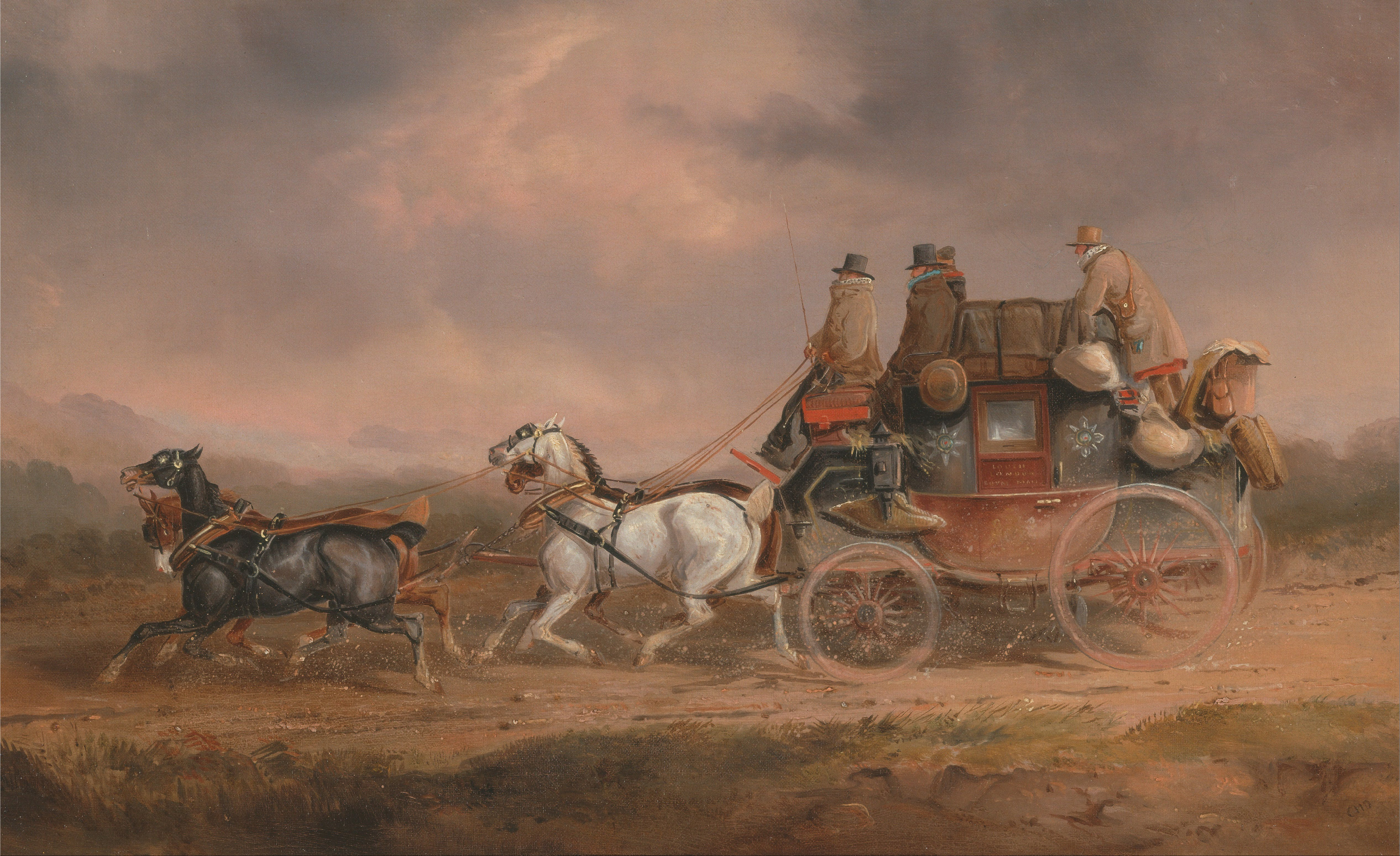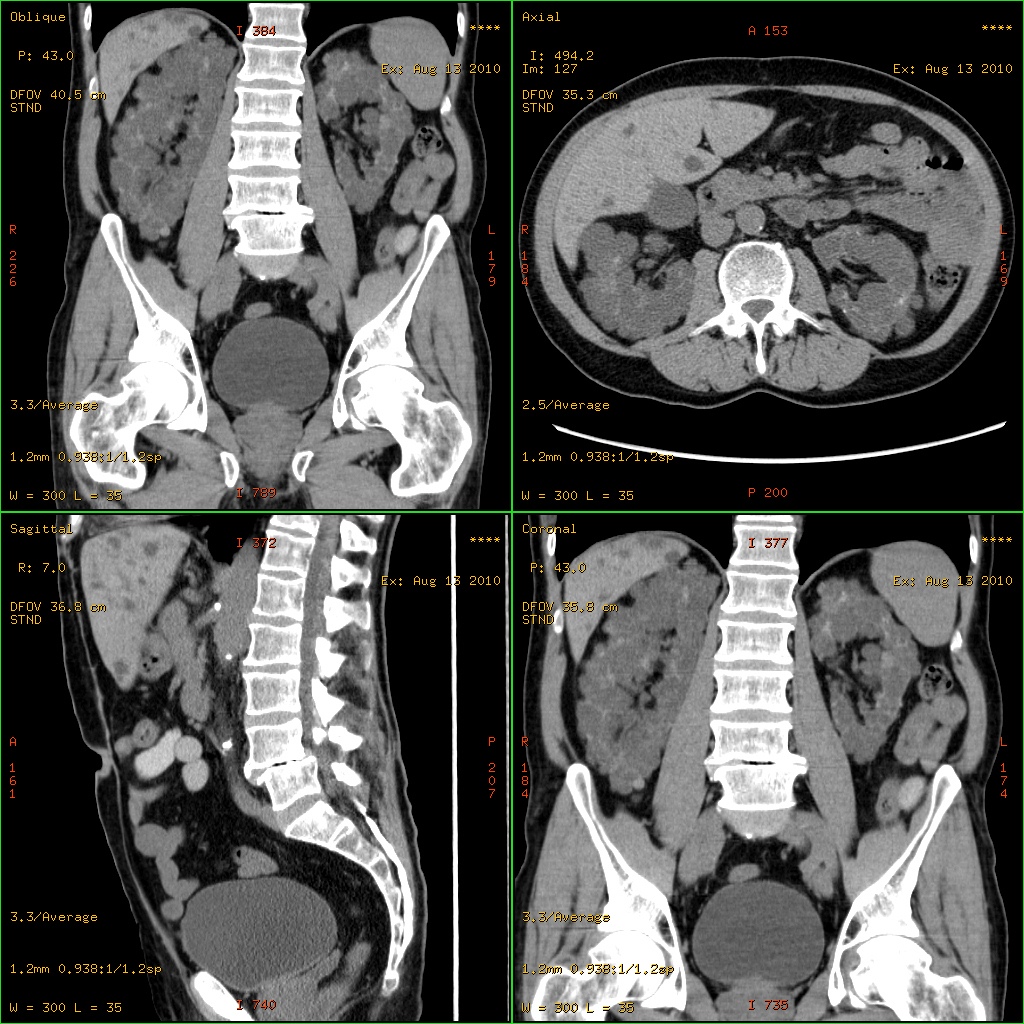|
British Shorthair
The British Shorthair is the pedigreed version of the traditional British domestic cat, with a distinctively stocky body, dense coat, and broad face. The most familiar colour variant is the "British Blue", with a solid grey-blue coat, orange eyes, and a medium-sized tail. The breed has also been developed in a wide range of other colours and patterns, including tabby and colourpoint. It is one of the most ancient cat breeds known. In modern times, it remains the most popular pedigreed breed in its native country, as registered by the UK's Governing Council of the Cat Fancy (GCCF). A quarter of all kittens registered with the GCCF each year are British Shorthairs, making the British the most popular pedigree cat in the UK. The breed's good-natured appearance and relatively calm temperament make it a frequent media star, notably as the inspiration for John Tenniel's famous illustration of the Cheshire Cat from '' Alice in Wonderland''. The Cat Fanciers' Association profile reads: "W ... [...More Info...] [...Related Items...] OR: [Wikipedia] [Google] [Baidu] |
Cheshire Cat
The Cheshire Cat ( or ) is a fictional cat popularised by Lewis Carroll in ''Alice's Adventures in Wonderland'' and known for its distinctive mischievous grin. While now most often used in ''Alice''-related contexts, the association of a "Cheshire cat" with grinning predates the 1865 book. It has transcended the context of literature and become enmeshed in popular culture, appearing in various forms of media, from political cartoons to television, as well as in cross-disciplinary studies, from business to science. One distinguishing feature of the ''Alice''-style Cheshire Cat involves a periodic gradual disappearance of its body, leaving only one last visible trace: its iconic grin. Origins The first known appearance of the expression in literature is in the 18th century, in Francis Grose's ''A Classical Dictionary of the Vulgar Tongue'', Second, Corrected and Enlarged Edition (1788), which contains the following entry: The phrase appears again in print in John Wolcot' ... [...More Info...] [...Related Items...] OR: [Wikipedia] [Google] [Baidu] |
Colorpoint Shorthair
Colorpoint Shorthairs are a variety of domestic cats. Depending on the cat registry, they may be considered a separate breed of cat, or more often a variant of a pre-existing one, if accepted at all. These cats are distinguished by their conformance to wide range of sixteen different point colors, beyond the four standard Siamese colors. The variety was initially created by crossbreeding Siamese with the American Shorthair – the same mixture that created the Oriental Shorthair, but with different goals. The Colorpoint Shorthair shares the point-coloration pattern with the Siamese, but in the nontraditional colors of red, cream, tortoiseshell, and lynx (tabby) points, and minor variations thereof. In body style, head shape, and other features, it may be intermediate between the two foundation breeds, which show cats leaning toward Siamese traits. Those who favour the Traditional Siamese look may also favour the more moderate-typed Colorpoint Shorthairs that take after their ... [...More Info...] [...Related Items...] OR: [Wikipedia] [Google] [Baidu] |
Cat Breeds Originating In The United Kingdom
The cat (''Felis catus'') is a domestic species of small carnivorous mammal. It is the only domesticated species in the family Felidae and is commonly referred to as the domestic cat or house cat to distinguish it from the wild members of the family. Cats are commonly kept as house pets but can also be farm cats or feral cats; the feral cat ranges freely and avoids human contact. Domestic cats are valued by humans for companionship and their ability to kill rodents. About 60 cat breeds are recognized by various cat registries. The cat is similar in anatomy to the other felid species: they have a strong flexible body, quick reflexes, sharp teeth, and retractable claws adapted to killing small prey. Their night vision and sense of smell are well developed. Cat communication includes vocalizations like meowing, purring, trilling, hissing, growling, and grunting as well as cat-specific body language. Although the cat is a social species, they are a solitary hunter. As a preda ... [...More Info...] [...Related Items...] OR: [Wikipedia] [Google] [Baidu] |
Cat Breeds
The following list of cat breeds includes only domestic cat breeds and domestic and wild hybrids. The list includes established breeds recognized by various cat registries, new and experimental breeds, landraces being established as standardized breeds, distinct domestic populations not being actively developed and lapsed (extinct) breeds. As of 2019, The International Cat Association (TICA) recognizes 73 standardized breeds, the Cat Fanciers' Association (CFA) recognizes 45, and the Fédération Internationale Féline (FIFe) recognizes 48. Inconsistency in a breed classification and naming among registries means that an individual animal may be considered different breeds by different registries (though not necessarily eligible for registry in them all, depending on its exact ancestry). For example, TICA's Himalayan is considered a colorpoint variety of the Persian by the CFA, while the Javanese (or Colorpoint Longhair) is a color variation of the Balinese in both the TICA and ... [...More Info...] [...Related Items...] OR: [Wikipedia] [Google] [Baidu] |
Royal Mail
, kw, Postya Riel, ga, An Post Ríoga , logo = Royal Mail.svg , logo_size = 250px , type = Public limited company , traded_as = , foundation = , founder = Henry VIII , location = London, England, UK , key_people = * Keith Williams (Non-executive Chairman) * Simon Thompson (CEO) , area_served = United Kingdom , industry = Postal services, courier , products = , services = Letter post, parcel service, EMS, delivery, freight forwarding, third-party logistics , revenue = £12.638 billion(2021) , operating_income = £611 million (2021) , net_income = £620 million (2021) , num_employees = 158,592 (2021) , parent = , divisions = * Royal Mail * Parcelforce Worldwide , subsid = * General Logistics Systems * eCourier * StoreFeeder * Intersoft Systems & Programming , homepage = , dissolved = , footnotes = International Distributions Services plc (formerly Royal Mail plc), trading as Royal Mail, is a British multinational postal ser ... [...More Info...] [...Related Items...] OR: [Wikipedia] [Google] [Baidu] |
Great Britain Commemorative Stamps 2020–2029
This is a list of Great Britain commemorative stamps 2020–2029. List 2020 2021 2022 Other periods * Great Britain commemorative stamps 1924–1969 * Great Britain commemorative stamps 1970–1979 * Great Britain commemorative stamps 1980–1989 * Great Britain commemorative stamps 1990–1999 * Great Britain commemorative stamps 2000–2009 * Great Britain commemorative stamps 2010–2019 See also * Stanley Gibbons * Stamp collecting * List of people on stamps * Philately * Stamps * PHQ Cards * The WikiBooks Worldwide Stamp Catalogue References External links Stanley GibbonsRoyal MailCollect GB StampsBritish First Day CoversGibbons Stamp Monthly {{DEFAULTSORT:Great Britain commemorative stamps 2020-2029 2020 Commemorative stamps A commemorative stamp is a postage stamp, often issued on a significant date such as an anniversary, to honor or commemorate a place, event, person, or object. The ''subject'' of the commemorative stamp is usually spelled out in print, unlike ... [...More Info...] [...Related Items...] OR: [Wikipedia] [Google] [Baidu] |
Cardiomyopathy
Cardiomyopathy is a group of diseases that affect the heart muscle. Early on there may be few or no symptoms. As the disease worsens, shortness of breath, feeling tired, and swelling of the legs may occur, due to the onset of heart failure. An irregular heart beat and fainting may occur. Those affected are at an increased risk of sudden cardiac death. Types of cardiomyopathy include hypertrophic cardiomyopathy, dilated cardiomyopathy, restrictive cardiomyopathy, arrhythmogenic right ventricular dysplasia, and Takotsubo cardiomyopathy (broken heart syndrome). In hypertrophic cardiomyopathy the heart muscle enlarges and thickens. In dilated cardiomyopathy the ventricles enlarge and weaken. In restrictive cardiomyopathy the ventricle stiffens. In many cases, the cause cannot be determined. Hypertrophic cardiomyopathy is usually inherited, whereas dilated cardiomyopathy is inherited in about one third of cases. Dilated cardiomyopathy may also result from alcohol, heavy m ... [...More Info...] [...Related Items...] OR: [Wikipedia] [Google] [Baidu] |
Polycystic Kidney Disease
Polycystic kidney disease (PKD or PCKD, also known as polycystic kidney syndrome) is a genetic disorder in which the renal tubules become structurally abnormal, resulting in the development and growth of multiple cysts within the kidney. These cysts may begin to develop in utero, in infancy, in childhood, or in adulthood. Cysts are non-functioning tubules filled with fluid pumped into them, which range in size from microscopic to enormous, crushing adjacent normal tubules and eventually rendering them non-functional as well. PKD is caused by abnormal genes that produce a specific abnormal protein; this protein has an adverse effect on tubule development. PKD is a general term for two types, each having their own pathology and genetic cause: autosomal dominant polycystic kidney disease (ADPKD) and autosomal recessive polycystic kidney disease (ARPKD). The abnormal gene exists in all cells in the body; as a result, cysts may occur in the liver, seminal vesicles, and pancreas. This ... [...More Info...] [...Related Items...] OR: [Wikipedia] [Google] [Baidu] |
Genetic Carrier
A hereditary carrier (genetic carrier or just carrier), is a person or other organism that has inherited a recessive allele for a genetic trait or mutation but usually does not display that trait or show symptoms of the disease. Carriers are, however, able to pass the allele onto their offspring, who may then express the genetic trait. Carriers in autosomal inheritances Autosomal dominant-recessive inheritance is made possible by the fact that the individuals of most species (including all higher animals and plants) have two alleles of most hereditary predispositions because the chromosomes in the cell nucleus are usually present in pairs (diploid). Carriers can be female or male as the autosomes are homologous independently from the sex. In carriers the expression of a certain characteristic is recessive. The individual has both a genetic predisposition for the dominant trait and a genetic predisposition for the recessive trait, and the dominant expression prevails in the p ... [...More Info...] [...Related Items...] OR: [Wikipedia] [Google] [Baidu] |
Polycystic Kidney Disease
Polycystic kidney disease (PKD or PCKD, also known as polycystic kidney syndrome) is a genetic disorder in which the renal tubules become structurally abnormal, resulting in the development and growth of multiple cysts within the kidney. These cysts may begin to develop in utero, in infancy, in childhood, or in adulthood. Cysts are non-functioning tubules filled with fluid pumped into them, which range in size from microscopic to enormous, crushing adjacent normal tubules and eventually rendering them non-functional as well. PKD is caused by abnormal genes that produce a specific abnormal protein; this protein has an adverse effect on tubule development. PKD is a general term for two types, each having their own pathology and genetic cause: autosomal dominant polycystic kidney disease (ADPKD) and autosomal recessive polycystic kidney disease (ARPKD). The abnormal gene exists in all cells in the body; as a result, cysts may occur in the liver, seminal vesicles, and pancreas. This ... [...More Info...] [...Related Items...] OR: [Wikipedia] [Google] [Baidu] |
Hypertrophic Cardiomyopathy
Hypertrophic cardiomyopathy (HCM, or HOCM when obstructive) is a condition in which the heart becomes thickened without an obvious cause. The parts of the heart most commonly affected are the interventricular septum and the ventricles. This results in the heart being less able to pump blood effectively and also may cause electrical conduction problems. People who have HCM may have a range of symptoms. People may be asymptomatic, or may have fatigue, leg swelling, and shortness of breath. It may also result in chest pain or fainting. Symptoms may be worse when the person is dehydrated. Complications may include heart failure, an irregular heartbeat, and sudden cardiac death. HCM is most commonly inherited from a person's parents in an autosomal dominant pattern. It is often due to mutations in certain genes involved with making heart muscle proteins. Other inherited causes of left ventricular hypertrophy may include Fabry disease, Friedreich's ataxia, and certain medica ... [...More Info...] [...Related Items...] OR: [Wikipedia] [Google] [Baidu] |
10 Months Old British Shorthair, Rice Cake
1 (one, unit, unity) is a number representing a single or the only entity. 1 is also a numerical digit and represents a single unit of counting or measurement. For example, a line segment of ''unit length'' is a line segment of length 1. In conventions of sign where zero is considered neither positive nor negative, 1 is the first and smallest positive integer. It is also sometimes considered the first of the infinite sequence of natural numbers, followed by 2, although by other definitions 1 is the second natural number, following 0. The fundamental mathematical property of 1 is to be a multiplicative identity, meaning that any number multiplied by 1 equals the same number. Most if not all properties of 1 can be deduced from this. In advanced mathematics, a multiplicative identity is often denoted 1, even if it is not a number. 1 is by convention not considered a prime number; this was not universally accepted until the mid-20th century. Additionally, 1 is ... [...More Info...] [...Related Items...] OR: [Wikipedia] [Google] [Baidu] |









